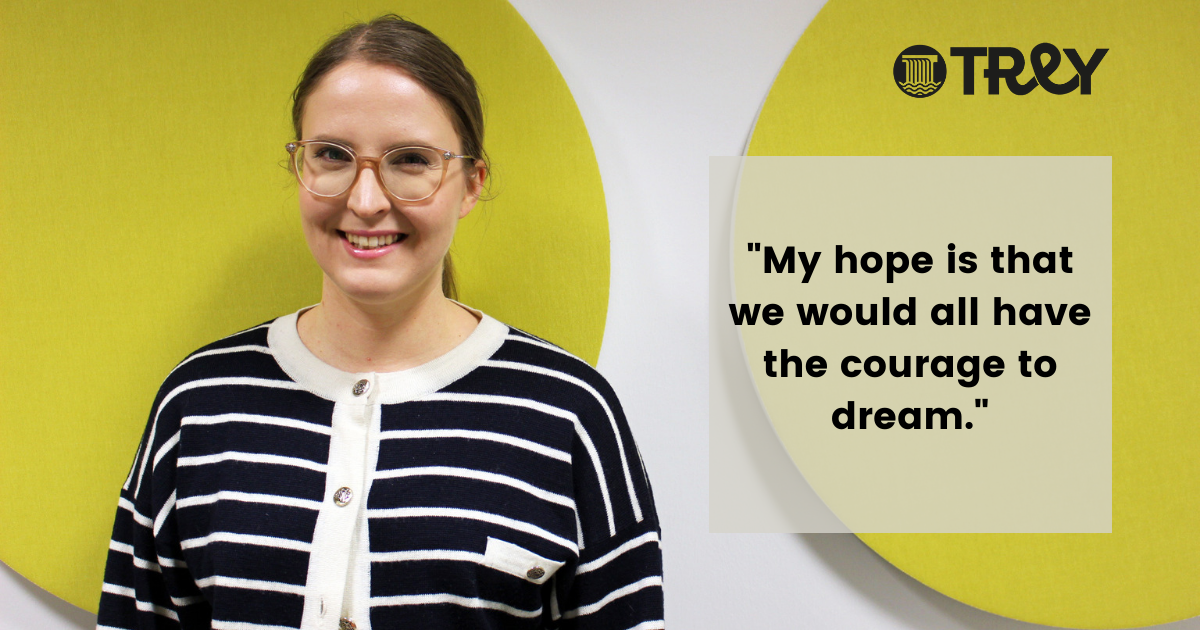In the summer, I followed the public discussion about branding students as freeloaders and thought that it is apparently appropriate to belittle students’ experiences. Fortunately, soon after the discussion took off in the media, research which highlighted the world in which students currently live was brought to daylight. Competition, efficiency and productivity have an ever-increasing influence on students’ experience. This is a worrying development.
This development also involves the experience of participation and how we value students’ true involvement in the university community. The current trend is dangerous. The less the discussion yields weight to students’ experiences about the pressures they feel because of their studies, the more alienated students are from the community. Tapio Heiskari & Anniina Sippola (2018) write that currently, the standard of students at the heart of educational development is not met; instead, students are seen as a target group for development, not as participants in that work. The writers’ solution is to create a basis for true involvement: students participating in the decision-making bodies and tying participation with students’ experiences.

One practical way of doing this is to look at the feedback systems for students. The Finnish Education Evaluation Centre (Karvi) has recommended that institutions of higher education create common ways of giving feedback, which would produce useful and reliable information for the development of degree programmes’ teaching and education. This information is needed because the most recent Finnish Bachelor’s Graduate Survey showed that half of students feel that they did not receive sufficient feedback which would have furthered their studies (Koivunen 2019). This should not be the case.
The student’s role should also be participating in development, not only giving feedback. Inadequate feedback systems might only point out some instrumental matters such as teachers’ actions and teaching arrangements. Such information can be problematic for many reasons: firstly, it only produces fragmented results which could indicate that “half of the respondents like group tasks while half do not” and so on. Secondly, it renders the student a passive recipient of teaching. Well-built feedback systems move the the student’s focus to the evaluation of their own learning – things that have either enabled or prevented it from happening. Thus, the student evaluates also those matters which they can actively influence.
The presence of students is vital throughout the education development process. It has been wonderful to see how students’ voice can be made heard in questions of quality, as well. For example, the Tampere University quality control principles define roles for each participant group from students to the vice-rector. This underscores the fact that each participant is involved in the work through their own role. It is vital that the students’ expertise and experiences of their own studies are recognised and made visible. Shared functioning practices and target of development are better recognised if the whole community is involved in the work. The themes can be looked at from different angles, and their needs can be contrasted to different backgrounds.
My hope is that we would all have the courage to dream. Currently, it is possible to influence what Tampere University will look like in 2030. I recommend everyone to give their opinions to the strategy work by participating in the students’ workshop on 19 November, or by responding to an emailed survey / brainstorming by 18 November. With the help of these, we can identify the important targets of work for us as individuals, as a community and as an organisation. Later, through feedback, we can see if we are successfully moving towards these goals. Without dreams and goals, the change will happen with external motivations, without our involvement. After all, feedback is learning at its best.
-Jenny